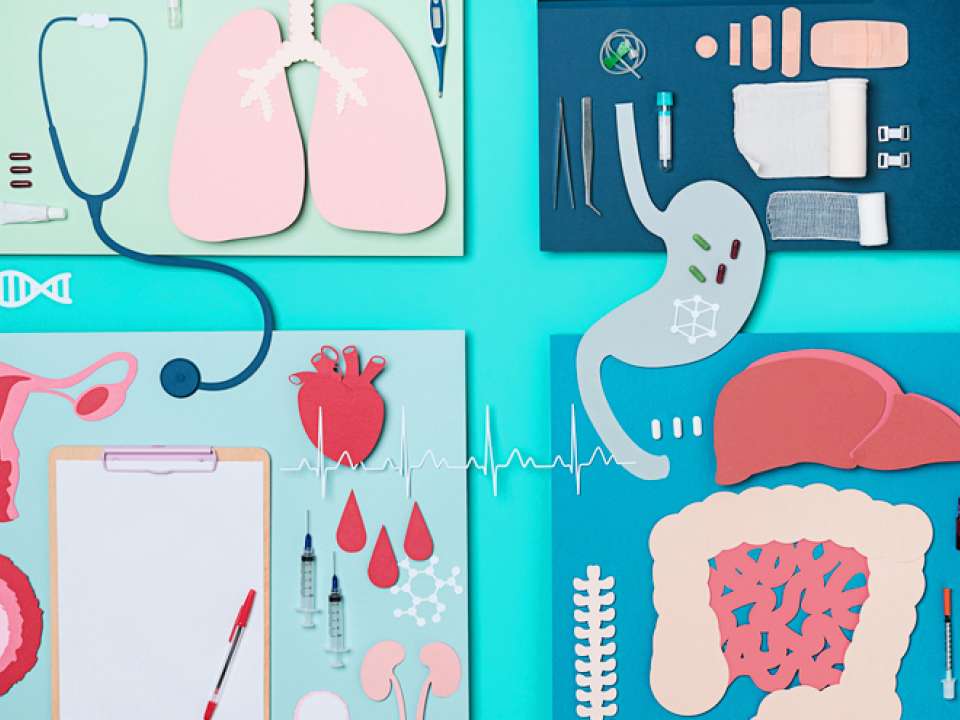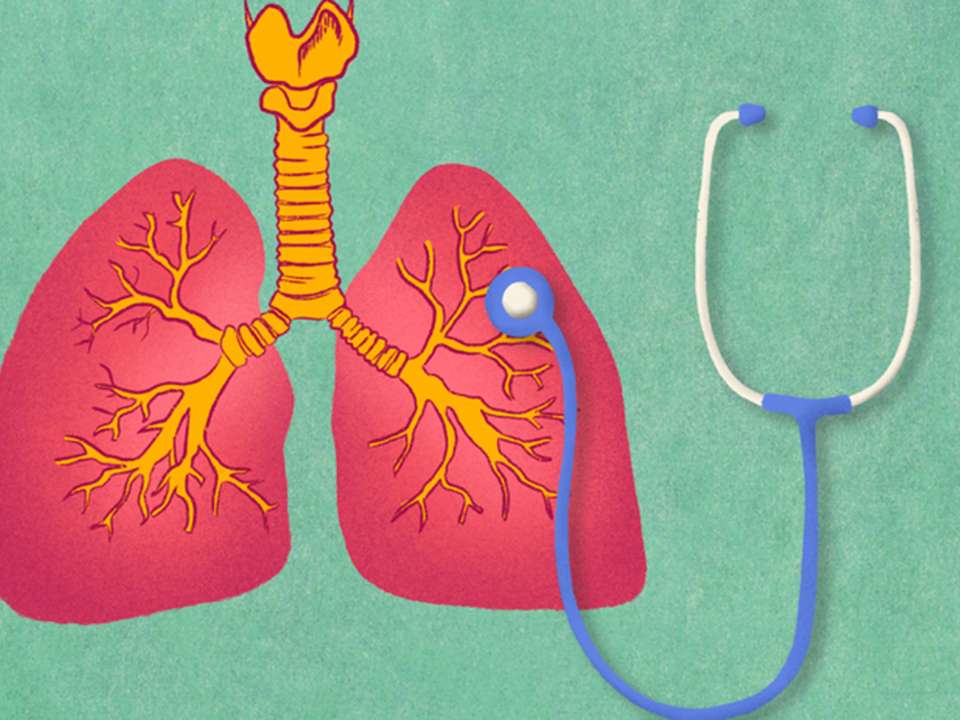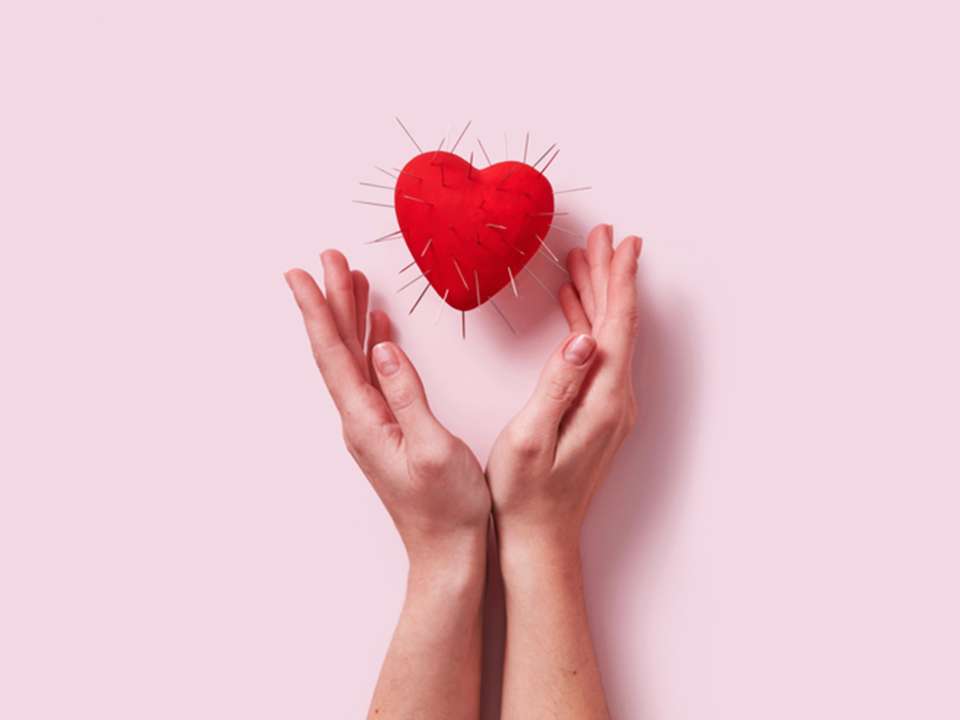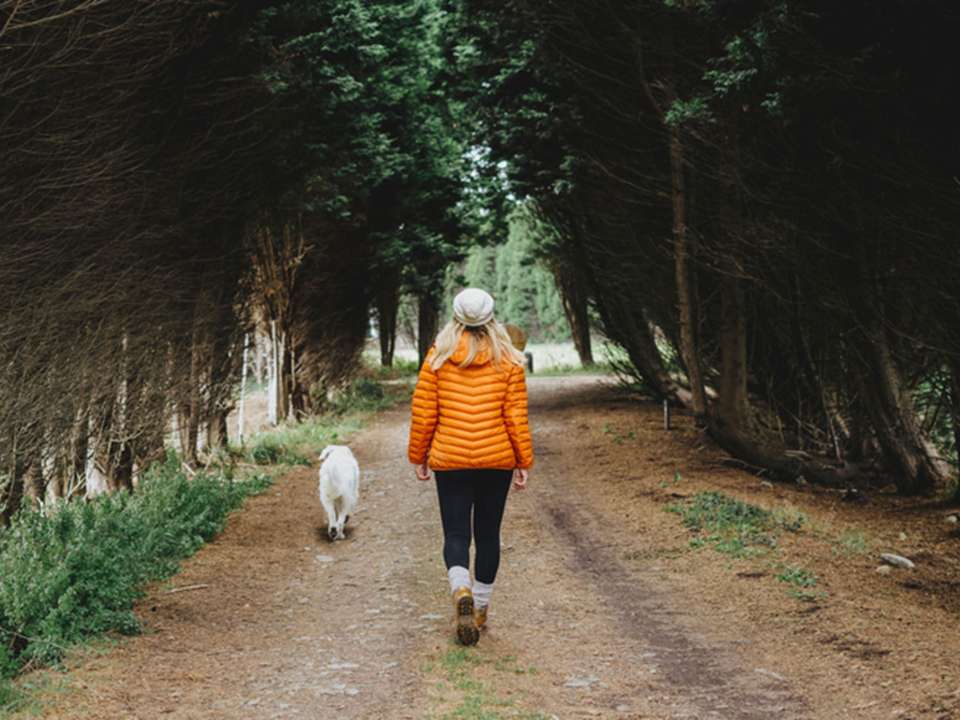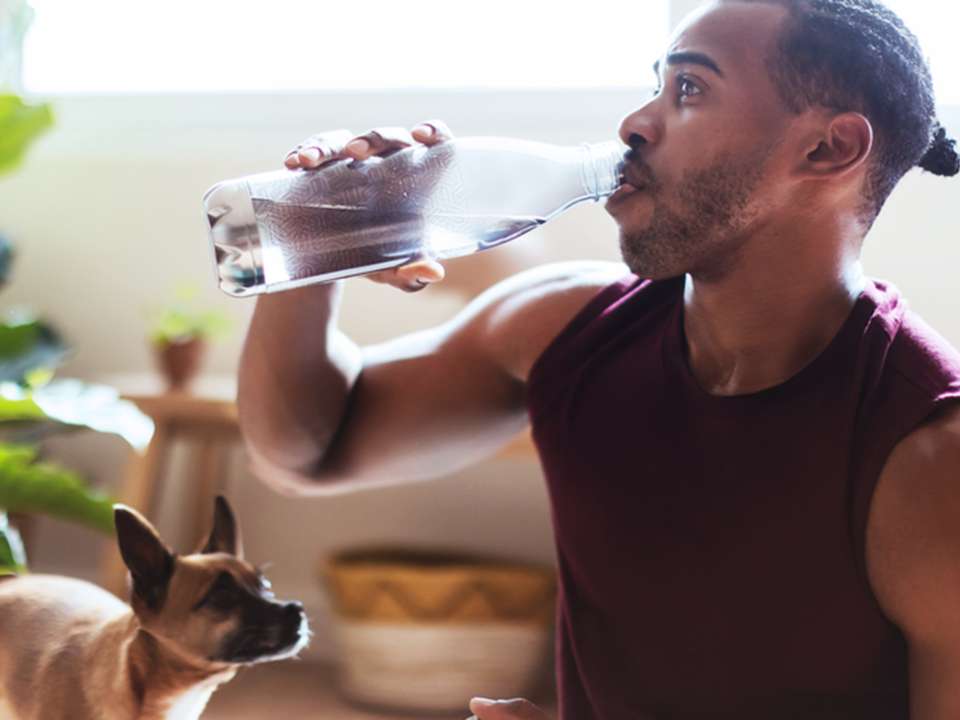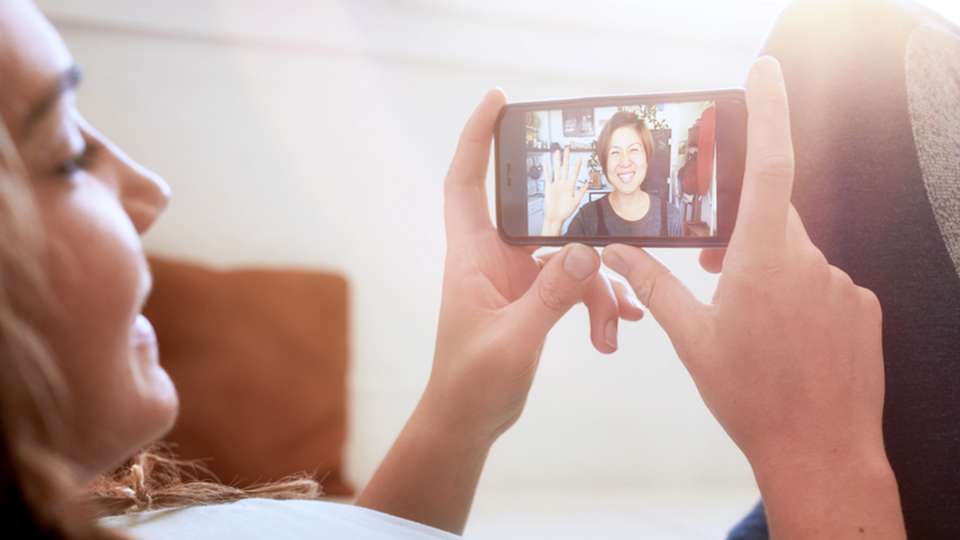
Schools and local businesses are closed, events are postponed or cancelled, and everyone is currently cooped up inside.
And in Washington, Governor Inslee has required Washingtonians to stay home and practice social distancing.
But your family is feeling healthy, so is it safe to cuddle with your partner on the couch? And what about going out for essentials, like groceries or medications?
Dr. Janet Baseman, an epidemiologist and associate dean, and graduate student Anne Massey from the University of Washington School of Public Health share with us what social distancing really is and what you should be doing to keep your family and community safe.
Why social distancing is important
Before you’d never heard of the phrase and now everyone is talking about it — for good reason.
Social distancing is an important public health strategy that helps mitigate the impact of an infectious disease by slowing the rate of transmission in communities. It helps hospitals manage the outbreak by ensuring they aren’t overwhelmed.
Basically, by staying home and maintaining distance from others, we can collectively slow the spread of the coronavirus, allowing our healthcare system and workers the time and supplies they need to care for those who are sick.
You may have heard this phenomenon described as “flattening the curve,” or using social distancing procedures to prevent a rapid increase in COVID-19 cases in a short period of time.
It’s called social distancing, but it is really physical distancing.
The goal is to create physical distance where you can, not to distance yourself socially or cut yourself off from your support systems and communities.
If you don’t have symptoms, how should you practice social distancing?
Right now, the two main pillars of social distancing for those who are healthy are staying home and maintaining 6 feet of distance from others if you need to go out. If you do have to come in close quarters with someone, try to minimize contact time.
This means postponing get-togethers with friends, play dates for your kids and gatherings that put you in close contact with other people — or pivoting and taking these activities online.
Get creative and move your happy hour or book club to a video chat, play online games with friends, and call to check in with your neighbors and loved ones.
Cutting off all contact from the people you live with is a tall order — and likely unsustainable.
Instead, make sure the whole family practices good hygiene and proper hand washing techniques, and prioritize cleaning your space by wiping down commonly touched surfaces like doorknobs and light switches. This will reduce the spread of disease without requiring you to stop tucking in your kiddo or cuddling with your partner.
And for those who are sick or at higher risk (over 60 years old, pregnant, have an underlying condition or have a weakened immune system), it’s critical to stay home and maintain distance from others. This is a great time to let family and neighbors help with essential tasks like grocery shopping.
What about going to the grocery store and going outside?
There are certain cases — like the need for groceries and medications — that will require you to leave your house. These are considered essential activities, which are still allowed in Washington state.
(Again, this recommendation is for folks who are healthy. If you feel sick, only leave home to receive medical care. Otherwise, stay home and reach out to friends and neighbors for support, or check out local resources for groceries and other necessities.)
Try to keep your outings to a minimum, only leave for essential tasks that must be completed outside of the home and do your best to run errands at odd times so that you avoid crowds. Some grocery stores even have designated shopping hours for higher risk groups.
When you leave, practice healthy hygiene protocols: wipe down the grocery cart, maintain distance from other shoppers and, yes, wash your hands with soap and water for at least 20 seconds before and after your excursion.
As above, consider picking up groceries for those who are sick or especially vulnerable to COVID-19. This is a great way to help those in need and keep our entire community safer.
Massey notes to leave the groceries on the doorstep, ring the doorbell and then step back to keep the required distance.
Some good news?
Although interactions with others should be limited to video chats and phone calls, it is still safe to go outside for a walk, bike ride or run.
Getting fresh air or going into nature is great for your mental and physical health, just make sure to maintain distance from others who are out and wash your hands when you get home.
What if your partner and you differ on what is safe?
While most people are doing their best to follow state and national social distancing recommendations, it can be hard to know what to do if someone you live with disagrees with social distancing and hygiene protocols.
Try talking to your loved one about how you would like to practice safety and cleanliness and set some ground rules for your home.
Luckily, experts from the Centers for Disease Control and Prevention and local and state health websites have objective recommendations and guidance on how to stay safe.
You can turn to these resources for best practices, and when in doubt, err on the side of being more cautious.
What if someone you live with gets sick with COVID-19?
It’s scary if someone you love gets sick, but there are things you can do to help keep your household safe.
The most important thing is to make sure the sick individual stays in the house and tries to keep 6 feet away from others if possible.
If you have the space available, the sick individual should stay in a separate room and use a separate bathroom.
If you don’t have a living situation that allows for separate sleeping and bathroom arrangements, Massey recommends scrubbing down the bathroom and other surfaces after the sick individual uses them.
Though it might not be possible to sanitize surfaces after every usage, trying to clean shared spaces as much as possible will help to keep your environment safe.
You should also check out local resources and reach out to neighbors and friends for help with groceries and for emotional support.
How can you adapt and maintain healthy habits while social distancing?
Social distancing is crucial to keeping your community safe at this time, but it can be a big change to your everyday routine. Making efforts to adapt to these changes and finding creative ways to care for yourself will help you stay resilient as we all navigate this crisis.
Here are some easy ways to maintain healthy habits while staying at home.
Nutrition
Be prepared, but don’t hoard food.
It’s important to ensure that there is enough food for everyone.
Focus on eating a balanced diet of fruits, veggies and whole grains, which will help keep you healthy and more resilient during these tough times. Remember fresh fruits and vegetables can spoil, so balance with other staples like pasta and soup.
If you’re sick, reach out for help with getting groceries, and if you are worried about purchasing food, check with local resources for free meals and food distribution in your area.
Exercise
Especially in stressful and uncertain times, it’s important to move your body.
A quick search yields an abundance of online classes — including apps that are currently offering free classes due to the coronavirus — with options for everything from dance to high intensity interval training (HIIT) to yoga.
You can also head outside to go on a run, walk or bike ride.
Mental health
All of this uncertainty can have an impact on your mental health.
Be gentle with yourself and practice self-care.
Some options you can try are reading a book, streaming a show, journaling, practicing gratitude, searching online for meditation apps and mental health resources, helping those in need, cooking a yummy meal and calling loved ones.
The bottom line: We’re in this together
In these scary times it can be easy to pull away from others — especially with the social distancing orders. But creating and sustaining real connections with others is crucial to both mental well-being and the health of our community.
Call the people you love, check in on your neighbors and find creative ways to connect with your communities.
While it feels cheesy (and a little reminiscent of “High School Musical”), we truly are all in this together.
The info in this article is accurate as of the publishing date. While Right as Rain strives to keep our stories as current as possible, the COVID-19 pandemic continues to evolve. It’s possible some things have changed since publication. We encourage you to stay informed by checking out your local health department resources, like Public Health Seattle King County or Washington State Department of Health.

 Healthy ideas for your inbox
Healthy ideas for your inbox
